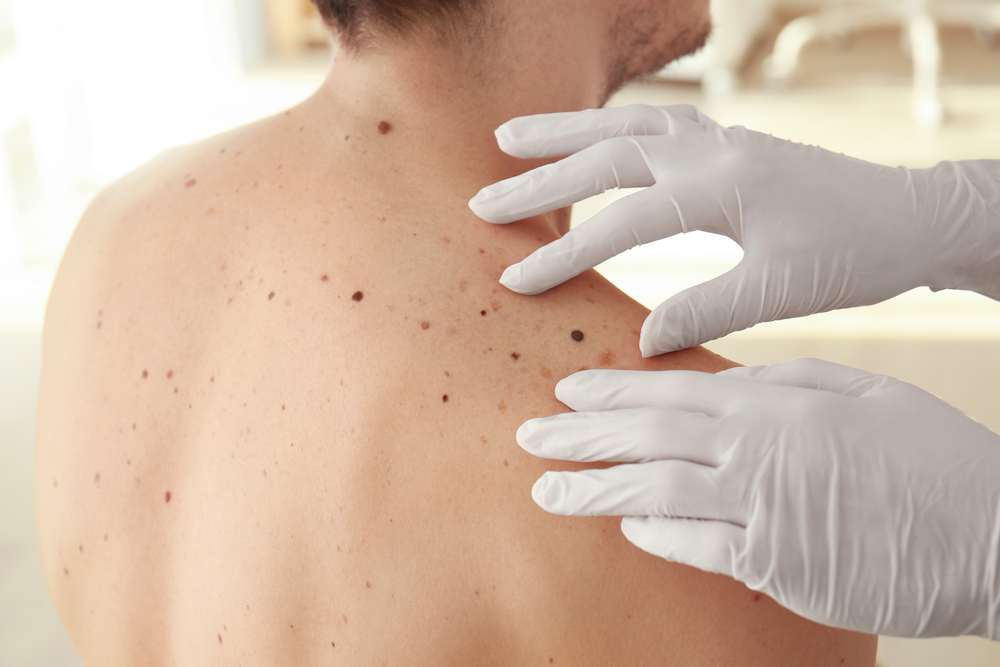Address your hair loss with the help of a specialist in hair loss treatments.
Address your hair loss with the help of a specialist in hair loss treatments.
Blog Article
Mohs Surgical Treatment Explained: A Trick Procedure in Dermatology for Handling Skin Cancer Cells Effectively
In the realm of dermatology, Mohs surgical treatment stands as a pivotal procedure for combating skin cancer, specifically basic cell and squamous cell carcinoma. This elaborate medical approach, developed by Dr. hair loss. Frederic E. Mohs, prioritizes the exact excision of malignant skin layers, leaving healthy tissue untouched. However what precisely makes Mohs surgical procedure so effective and how does it add to positive client results? As we delve deeper into the process, its advantages, and potential problems, real value of this procedure becomes progressively obvious.
Comprehending the Fundamentals of Mohs Surgery
Although it could seem facility, Mohs surgical treatment is a precise medical technique utilized predominantly to treat skin cancer cells. The primary purpose of Mohs surgery is to get rid of all cancer cells while sparing as much healthy tissue as possible. Its accuracy and high success rate have actually made Mohs surgery a foundation in dermatology, offering hope to individuals worldwide.

The Procedure: Step-by-Step Break Down of Mohs Surgical Treatment
While Mohs surgery might seem difficult, recognizing the detailed treatment can aid debunk the procedure. The treatment starts with the doctor getting rid of a slim layer of noticeable malignant skin. This layer is after that meticulously checked out under a microscopic lense for cancer cells. If cancer cells are identified, the surgeon removes an additional layer of skin and the procedure is duplicated. This cycle proceeds up until no more cancer cells are found, guaranteeing the complete elimination of cancer cells while maintaining as much healthy and balanced skin as possible. The wound is after that shut making use of stitches, a skin graft, or it may be delegated heal normally. Postoperative treatment is important to promote recovery and screen for any signs of reappearance.
The Advantages of Mohs Surgical Procedure in Skin Cancer Treatment
A remarkable number of people have found the one-of-a-kind benefits of Mohs surgical treatment in their battle see post against skin cancer. Pertained to for its precision, this method targets malignant cells while maintaining surrounding healthy and balanced cells, resulting in marginal scarring. Its high accuracy minimizes the opportunity of cancer reoccurrence, supplying people with satisfaction. The procedure is commonly carried out on an outpatient basis under regional anesthetic, making it much less taxing on the body than more intrusive surgical procedures. Further, as it includes instant tiny examination of the removed tissue, it makes certain complete cancer elimination in a solitary go to. Therefore, it removes the demand for multiple surgical treatments, saving time and minimizing tension for people. Subsequently, Mohs surgery presents a superior option for effective skin cancer therapy.
Feasible Dangers and Complications Related To Mohs Surgical Procedure
Regardless of its various benefits, Mohs surgical procedure is not without potential risks and problems. In uncommon instances, patients may experience nerve damage, leading to tingling or weak point in the location of surgical procedure. The emotional impact of a skin cancer medical diagnosis and succeeding surgical procedure should not be ignored, as it can lead to stress and anxiety and clinical depression in some people.
Planning for and Recovering From Mohs Surgery: What to Expect
To make sure the most effective feasible result from Mohs surgical procedure, people require to properly prepare for the procedure and comprehend what to expect during recovery. Preparation normally includes an in-depth conversation with the doctor concerning the client's case history, existing medicines, and prospective allergies. Some medications could require to be stopped before the surgical procedure to decrease blood loss. Postoperative care is essential for effective recuperation. Individuals may experience mild pain, inflammation, or swelling, which can be managed with suggested medicines. They are recommended to rest, stay clear of arduous tasks, and keep the medical site tidy and completely dry. Regular follow-ups are essential to keep an eye on healing and detect any kind of problems early. The key to recuperation is clients' adherence to their doctor's directions.
Final thought

Report this page